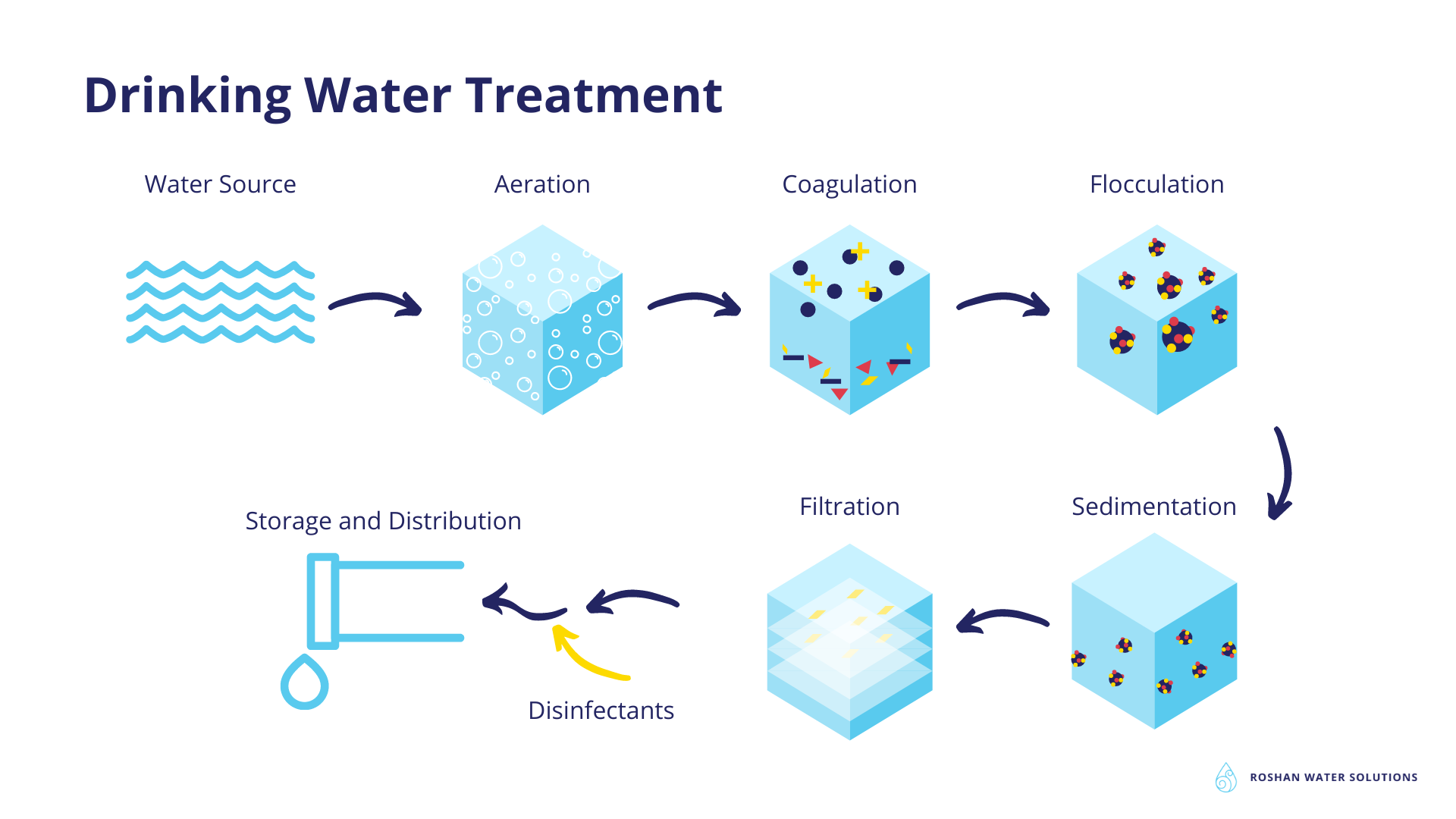6 Easy Facts About Bacteria Testing Described
Wiki Article
7 Simple Techniques For Bacteria Testing
Table of ContentsUnknown Facts About Bacteria TestingThe Buzz on Bacteria TestingExcitement About Bacteria TestingThe 2-Minute Rule for Bacteria TestingBacteria Testing Can Be Fun For EveryoneExcitement About Bacteria Testing
Coliforms are germs that are constantly existing in the digestive systems of pets, consisting of humans, and are discovered in their wastes. They are also found in plant and soil material. Water air pollution brought on by fecal contamination is a major trouble due to the potential for contracting conditions from virus (diseasecausing microorganisms).As an outcome, it is not sensible to examine for virus in every water example accumulated. Coliforms are fairly easy to recognize, are typically existing in larger numbers than even more hazardous pathogens, and react to the setting, wastewater treatment, and water treatment in a similar way to several virus.
The Single Strategy To Use For Bacteria Testing
is the major types in the fecal coliform team. Of the 5 basic teams of germs that make up the total coliforms, just E. coli is typically not discovered growing and duplicating in the setting. E. coli is taken into consideration to be the types of coliform microorganisms that is the best indicator of fecal air pollution and the feasible existence of virus.Recent episodes of disease created by E. Bacteria Testing. coli 0157: H7 have produced much public concern regarding this microorganism. E. coli 0157: H7 has been found in livestock, chickens, pigs, and lamb.
coli 0157: H7 triggered by infected drinking water supplies are uncommon. Testing for germs is the only reputable way to recognize if your water is secure. You can not tell by the look, taste, or odor of the water if disease-causing microorganisms are in it. The New York City State Department of Health recommends that well proprietors check their water for coliform germs at least yearly.
How Bacteria Testing can Save You Time, Stress, and Money.
Late springtime or early summertime are the very best times to evaluate your well, since coliform contamination is probably to appear during damp weather condition (Bacteria Testing). Whether your test results are positive or negative, comprehend that the example you accumulated is just a "photo" of your well's water quality. The even more examples you have actually evaluated, the extra certain you can be regarding the top quality of the water you are drinking
A defective well is often the cause when coliform germs are found in well water. - seals around cords, pipes, and where the cap fulfills the housing may be split, allowing pollutants - splits or openings in the well casing enable water that has actually not been infiltrated the soil to get in the well.
Not known Details About Bacteria Testing
The U. S. Epa (EPA) calls for public water supply to routinely evaluate water for total coliform germs and E. coli (Bacteria Testing). Safe alcohol consumption water does not have E. coli or other pathogens in it. Below are some recommendations on how to prevent and attend to coliform germs contamination: Shield Your Well by constructing it in a safe areaYou are responsible for keeping your well water safe and testing it as needed. You can likewise contact your county to see if they have any kind of programs to make screening your water much easier.
Test your well water again after sanitation to verify there are no coliform microorganisms. You can utilize the water once go to the website again, without steaming, Bonuses once the well has been sanitized and the water no longer evaluates positive for coliform germs.
A Biased View of Bacteria Testing
Your public water system is routinely tested for coliform microorganisms. The system will release a public notification within 24 hours if it detects E. coli.You can locate the coliform germs test results for the systems serving places various other than where you obey contacting the water system.
The National Ground Water Organization (NGWA) advises well proprietors evaluate their water at the very least each year for germs, nitrates, and any contaminants of regional worry. Extra frequent testing must be considered if: There is a change in the taste, odor, or appearance of the well water, or if an issue takes place such as a damaged well cap, inundation by floodwaters, or a brand-new contamination source The well has a background of microbial contamination The septic system has actually lately malfunctioned Household members or home guests have frequent incidents of intestinal ailment An infant is living in the home, or To monitor the performance and efficiency of home water therapy tools.
The Single Strategy To Use For Bacteria Testing
Additional examinations might be advised if water shows up cloudy or oily, if bacterial growth shows up on components, or water therapy gadgets are not functioning as they should. Contact your water well professional, state department of natural resources, or regional wellness division for details on regional water high browse this site quality issues.Check your water at the very least 2 times a year. Call a public health and wellness examiner to see what's ideal for your water system. Coliforms are a team of germs that are virtually all over. They are in soil, plants, sewer, and manure. E. coli are germs that people and some pets have in their intestines.Report this wiki page